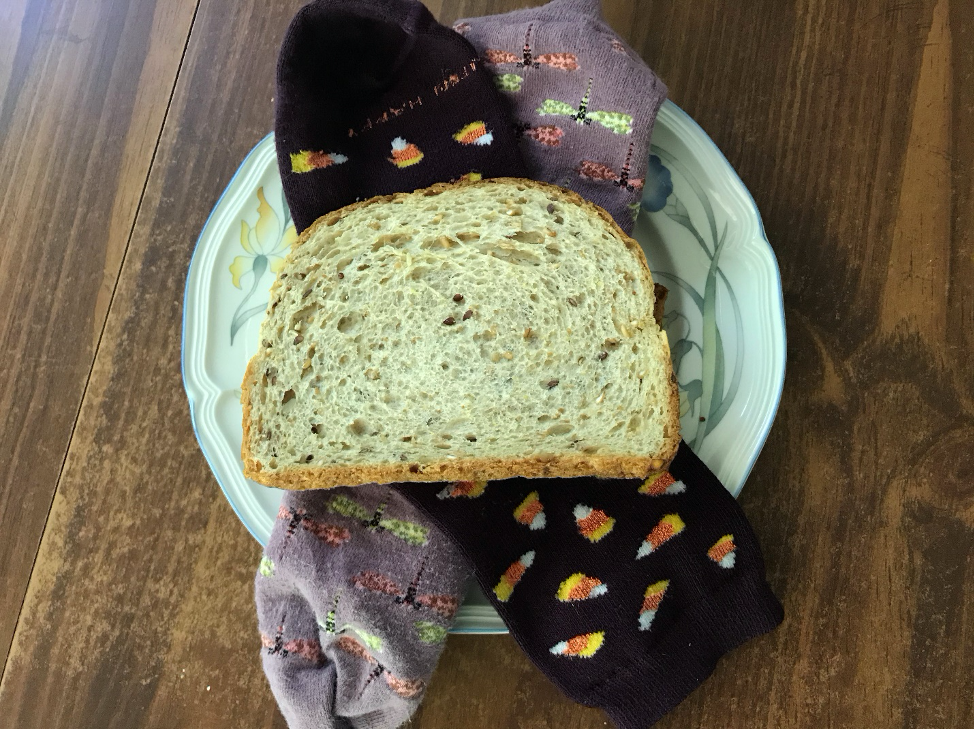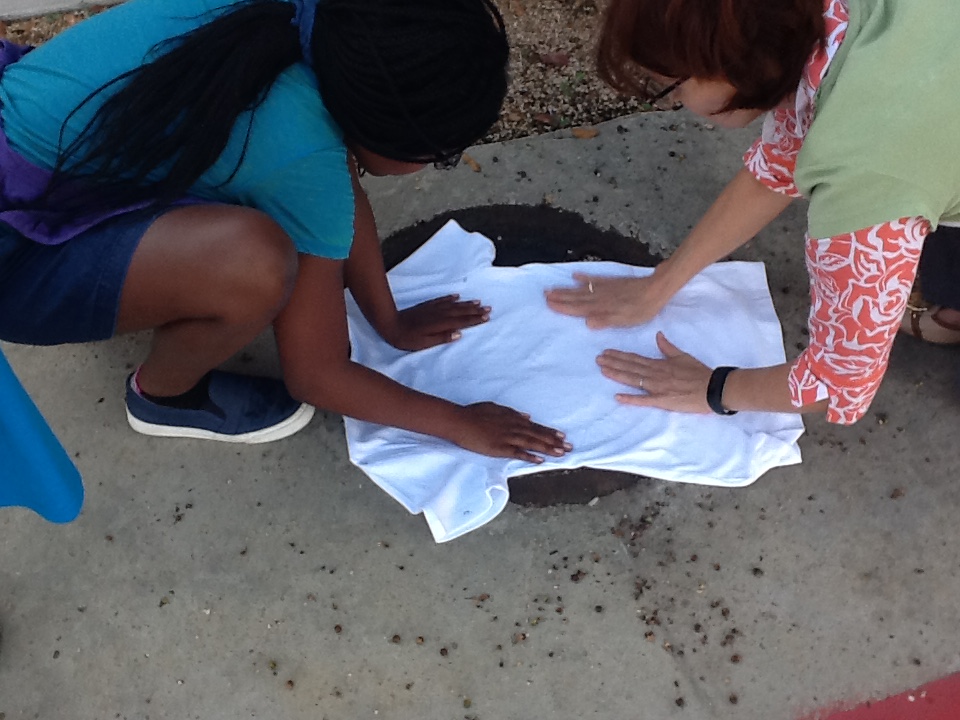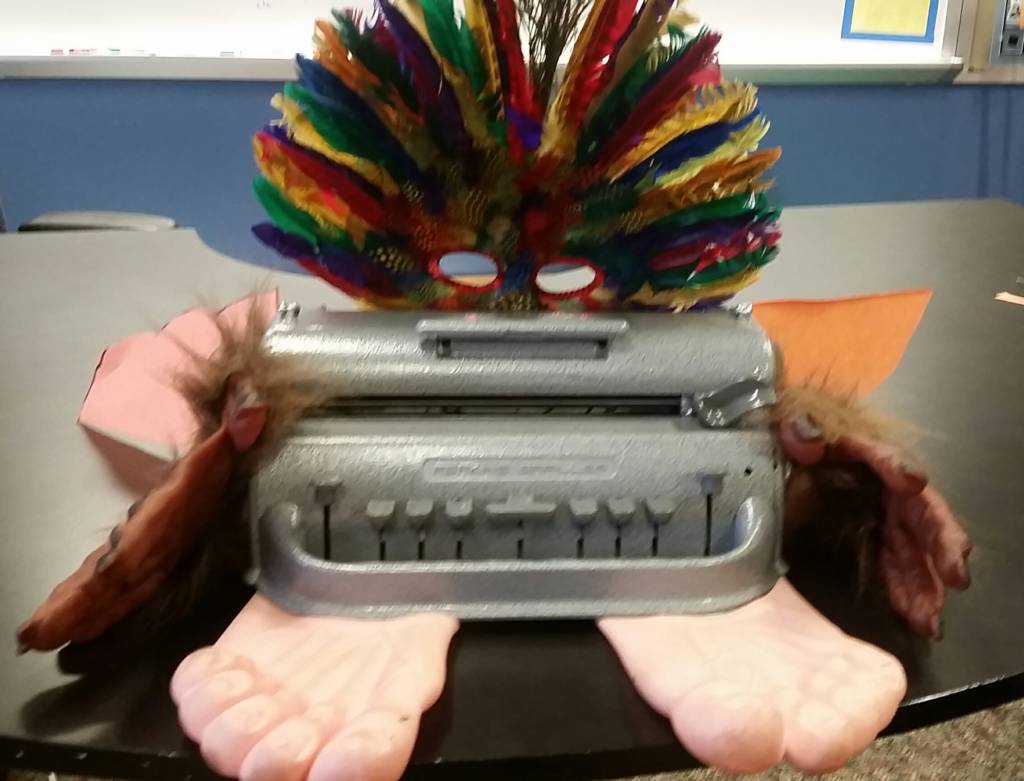Hey, was working and teaching from home in your plan a month ago? It wasn’t in mine either. But here I sit, writing home based activities for my students in my adult daughter’s former bedroom, accompanied by two young dogs that didn’t belong to me three weeks ago. All over the country skilled teachers and therapists are working with some of the same problems, many times under more difficult conditions and circumstances. Collectively, it amounts to a tremendous amount of knowledge, skill and creativity. We should share it.
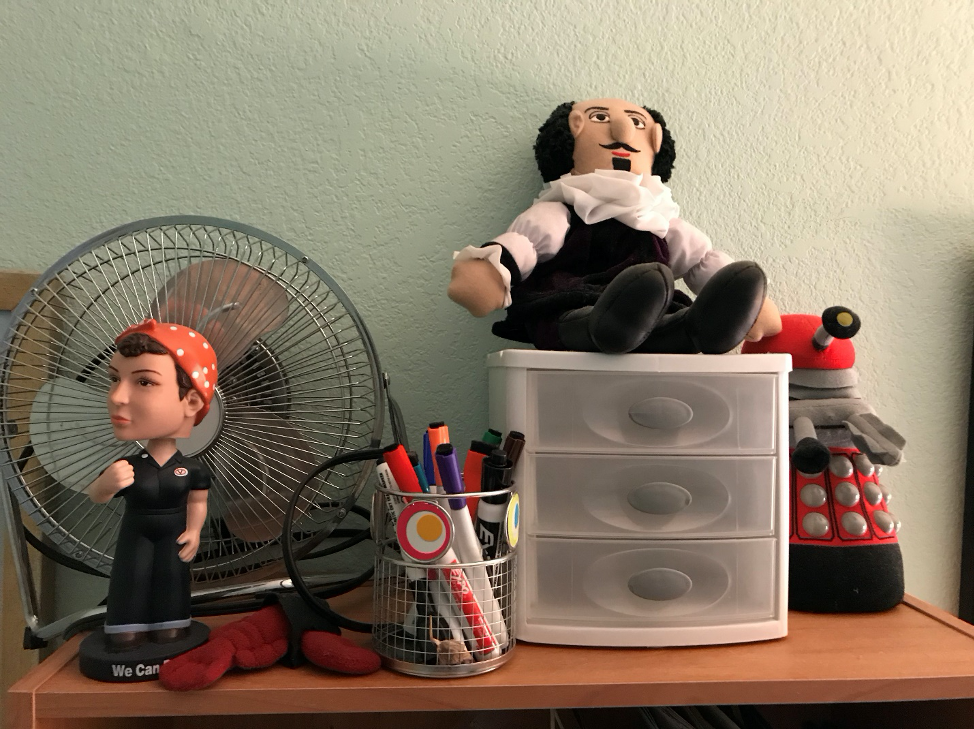
I’ll go first. I was fortunate when I started working at TSBVI many years ago to be following Linda Hagood, who had just written a book about working with visually impaired children who have autism, Better Together. The first three activities I’m sharing here are from that resource. I’m describing them from memory, having played them many times. The book is sitting on a shelf in my office, temporarily not accessible to me. Following that, I’ll share three similar games that I use frequently with students. All of these games would work well in a group Zoom activity as they do not require props or physical contact.
To learn more about these types of activities, see also Playing with Words.
Activities from Better Together:
That’s Me
In “That’s Me”, a topic is chosen such as favorite dessert, place you’d like to go on vacation, favorite after school activity etc. Each person tells the group what they like. After everyone’s finished, it can be helpful to briefly review what everyone said. Then the participants call on each other, but not by name, “because that’s boring,” I like to say. Instead, they call on each other by the information they shared before. For example, a student might say, “I’m thinking of someone who likes cheesecake.” Then the person who likes cheesecake says, “That’s me.” It is then their turn to call on someone else.
When more than one student has chosen the same thing, they both say, “That’s Me.” This can create a good opportunity for students who are unpracticed at negotiating with peers to do so. To facilitate this, the teacher or therapist could say, “Angie and Susan, talk to each other please and figure out who’s going to go.” The teacher could also provide models if the student seems stuck. “Angie, you could say, ‘how about if I go this time and you go next time?’” (Better Together, page 238).
Two Truths and a Lie
In this game, one person tells three facts about themselves, two of them true, one of them not true. I usually start it off by showing the students how to play this badly. I’ll say, “I’m a woman. I was born in outer space. I work at TSBVI.” Then I’ll explain that the reason that it was so easy for them to identify the lie was that I was obvious. I then follow up with a harder set of statements for them to guess. For example, “My mother’s middle name is Marie. My sister has dark hair. My bedroom is painted blue.” I explain why this one was harder to guess. Then students take turns providing the three statements and guessing at the lie. (Better Together, page 244).
Grandma’s suitcase
In Grandma’s Suitcase each student starts by saying, “I opened my grandma’s suitcase and I found ________. The next student repeats the sentence and the item the first student said and then adds one more. I encourage students to put expected things in the suitcase, such as a sweater and unexpected things, such as Grandpa. As the list gets longer and longer and the additions to the suitcase more and more absurd, this game provides a lot of opportunity for shared enjoyment. (In “Better Together” this game is called ‘I Went On a Trip and In My Suitcase I packed, page 209).
Variations on Better Together Activities:
These variations on the Better Together games contain some of the same elements. They feature simple repetitive phrases that are easy to vary and accessible to students at a variety of language levels. Most importantly there is an opportunity to interact in a meaningful and enjoyable way with others.
Ridiculous Words
I was smugly and obnoxiously proud of this game when I invented it 12 years ago. Then someone pointed out that it was really a Better Together game without the props. Oh well, it still holds up. More than once, students, some with significant cognitive and language disabilities, have reported to me that after being taught it in a classroom setting, they’ve taken it back to the dorm and played it independently with their friends.
This game can be played with just two people, but the more people there are the more fun it is.
- Start by asking each person to provide a random letter from the alphabet. If there are only two or three people playing you can go around the group more than one time. Then you combine the letters into a ridiculous word, for example Vjamste. It’s fun for everybody to say the ridiculous word out loud.
- Then you ask, “What’s a Vjamste?” If a student is unsure of what to say, I start them off by giving them choices and asking questions such as, “Is it an animal or a food?” “If it’s an animal where does it live?” and so on. I also take care to comment on the information the student is giving and add to it, a little bit. For example, I might say, “Yes, I saw a vjamste in the backyard last night. It was sitting on a lawn chair eating a peanut.” When I do this, I think of myself as modeling the type of interaction you have in a conversation. In a group that has played Ridiculous Words many times I encourage other students to do this as well.
- When the student has finished talking about what a vjamste is, the student is invited to “ask a friend whether they want to add to your idea or change it.” The next student can talk more about the vjamste animal or decide that a vjamste is something completely different. (This game seems to be a derivation of two “Better Together” games, “Make Sense” of It on page 242 and “Props “on page 240.)
Gross Sandwich
Gross Sandwich is a variation of Grandma’s Suitcase. In Grandma’s Suitcase, I encourage students to put absurd things in the suitcase that will make their friends laugh. Gross Sandwich adds the element of trying to gross your friends out. Dad’s sweaty socks on the sandwich? Check. As we go around the group, each person adds one more thing to the gross sandwich. After each student contributes, they pick a classmate and ask them, “What are you going to put on the sandwich?” It is helpful when giving instructions at the beginning of the activity to instruct students to avoid bathroom humor. Being gross is fun and, though my mother would strenuously disagree, it’s conventional human behavior. I have a vivid memory of a group of teenage girls with visual impairment, intellectual disability and passive communication styles collectively saying “Ew!” and laughing as we played this game.
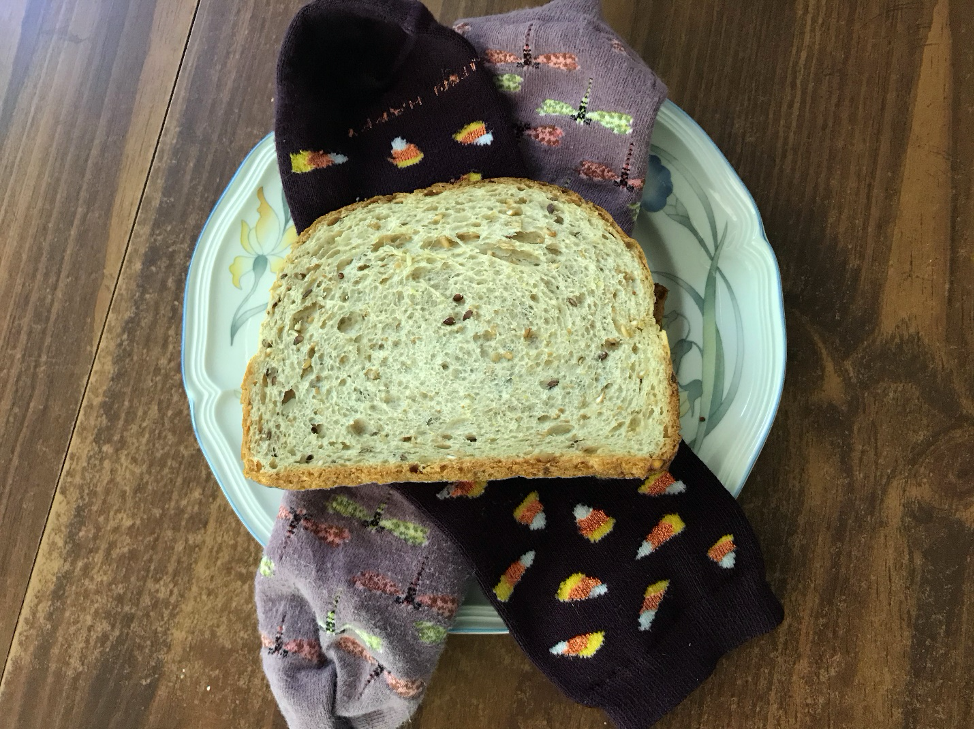
If I Had a_______, I Would________. In this group game, one person starts by filling in the blanks. For example, “If I had a chocolate bar, I would eat it in less than a minute.” The first person then picks a friend and asks, “What would you do if you had a chocolate bar?” Once every one has answered, another student can fill in the blanks again with something completely different.
Conclusion
I hope these activities will be helpful to you in working with your students during this national shutdown. I would like to think that the strange and unusual constraints we’re working under present us with opportunities for growth. The opportunity to share these activities with you is the silver lining for me in this shutdown. A good outcome, in my view, would be if we had a constantly growing activity resource for teachers and therapists working with visually impaired children. I hope you’ll consider contributing.
Read more about Playing with Words.
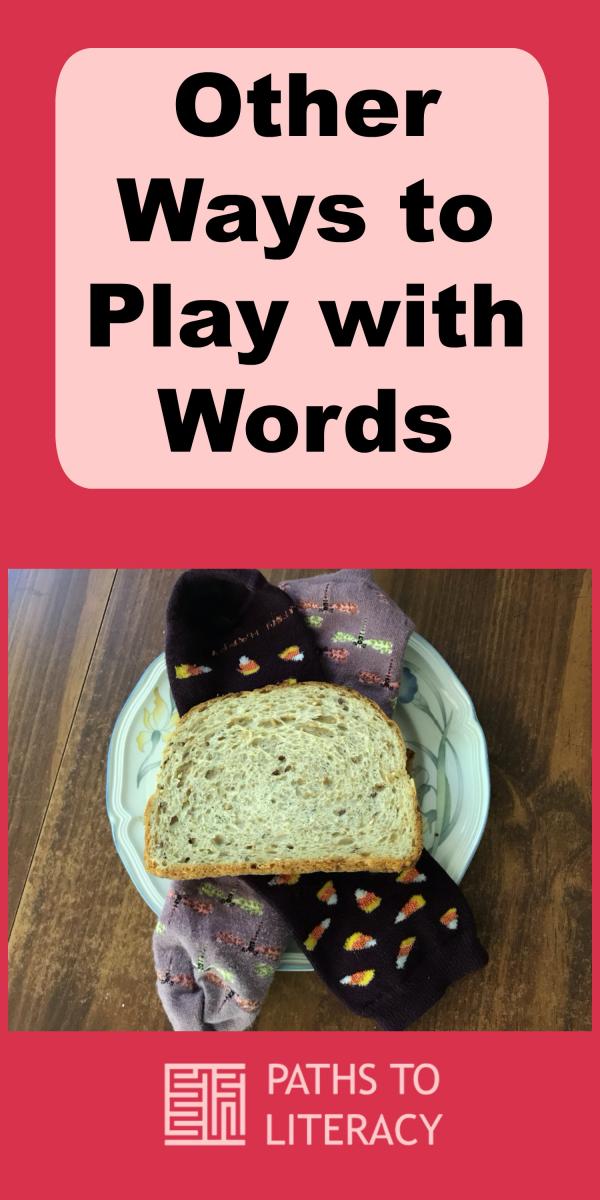
- Other Ways to Play with Words
- Learn How to Make Your Own Loom
- Learn to Weave at Home!

